
Many canines develop an irrational fear of loud sounds. Sometimes, they become anxious when exposed to any type of noisy stimuli. This can include thunderstorms, car backfires, shouting, fireworks, and gunshots - even when these sounds come from a television. Other times, the distress is focused on a particular noise. Owners should take steps to address their dogs' noise-related fears since the problem tends to worsen over time.
Below, we'll explore how canines typically behave when they become fearful due to loud sounds. We'll also provide a few suggestions to help you shape your pet's reactions, and reduce his anxiety.
How Your Pet Reacts To Noise-Related Fear
While every canine is different, most display the same signs of fear when it is related to sound. Some will urinate or defecate; others will pace and drool; and still others might start panting or barking. These are the immediate reactions, and tend to reduce a dog's stress.
Many pets will then seek to escape the source of the loud sounds. For example, if your dog becomes anxious due to gunshots coming from your television, he might scurry into another room. If he is in your backyard when a thunderstorm strikes, he may begin to dig under your fence, or jump over it. This behavior is both destructive and dangerous since your pet can become injured during his attempts to escape.
When Your Canine Makes Incorrect Connections
In some cases, dogs establish improper connections between the stimuli that triggers their fear, and something else that makes a concurrent noise. For instance, suppose someone outside your home lights firecrackers, which frighten your canine. At the moment the firecrackers "go off," your wall clock chimes. Your pet, startled by the noise from outside, may begin to associate his fear with your clock. Owners are often confused regarding the origin of their dogs' fears. This is how many of them begin.
Designate A Safe Zone
A point of clarification is useful before we present ideas for curbing your canine's noise-related fear. Some pets are more receptive than others to different approaches. Most will respond to desensitization training (we'll explain this below), but it is the most time-intensive method. Many dogs - though not all of them - enjoy having a safe zone to which they can retreat when the sounds they fear occur.
A safe zone is a place your pet can go when he is distressed by a loud noise. Choose an area to which he has retreated in the past. For example, if he typically darts to your laundry room to hide, designate that room as his safe zone. Consider buying a fan that will generate background noise to drown out the feared sound. Also, make sure this area is accessible to him at all times.
Provide A Diversion
If you are near your canine when the feared noise occurs, you may be able to divert his attention. For instance, suppose your pet dislikes thunder. When the thunder first begins, he'll likely be attentive to you, yet wary of the noise. Play a game he enjoys, such as chasing a ball. Or, use this opportunity for an impromptu training session using commands he can easily fulfill. Give him a treat when he succeeds.
These diversions will keep his attention as the sound he dislikes occurs. If the noise grows more pronounced, allow your dog to retreat to his safe zone.
Reduce Fear Through Gradual Exposure
Together, counterconditioning and desensitization form the most effective strategy for addressing your canine's fear. The former is focused on modifying your pet's reaction to the sound by encouraging an acceptable response. For example, suppose he has a favorite toy. When the noise he dreads occurs, give him this toy. You can also use treats to encourage the same response. He'll slowly learn to associate the sound with something he likes.
Desensitization is focused on reducing your canine's fear. This is accomplished by gradually giving him more exposure to the noise he loathes. Over time, he will learn to accept the sound, and remain calm when he hears it. As mentioned, this is a long process. But it is effective.
Your dog's noise-related anxiety can be minimized with the right approach. The ideas above - and particularly, counterconditioning and desensitization - will help you train him to relax.
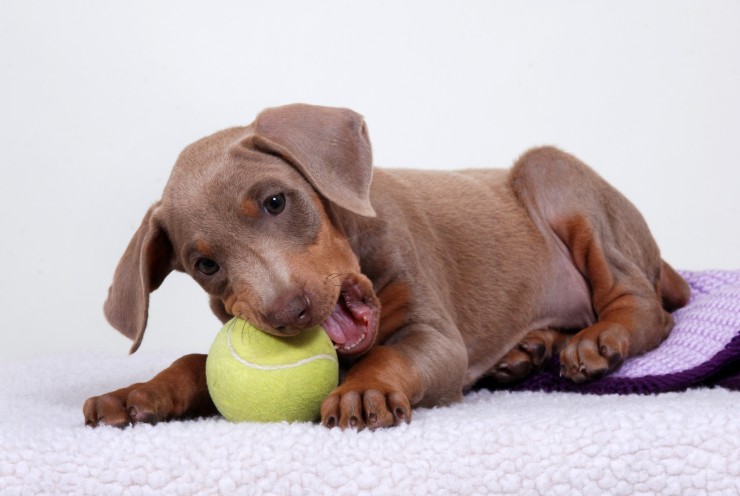 Puppy Teething – How To Help Your Pet
Puppy Teething –
Puppy Teething – How To Help Your Pet
Puppy Teething –
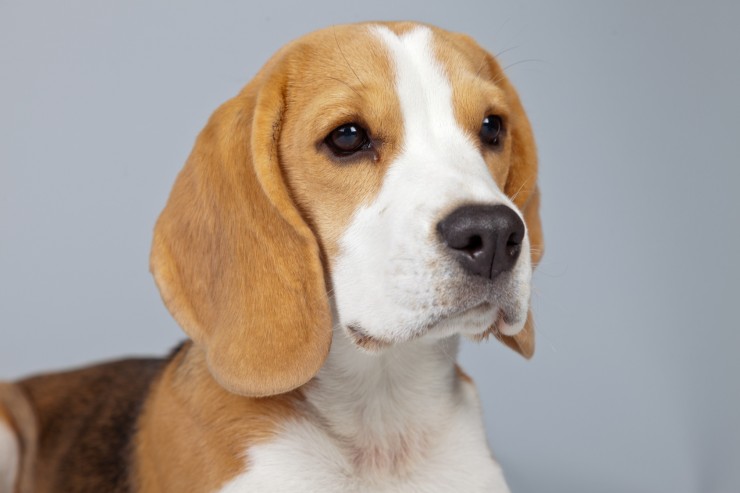 Some Tips On Training Your Beagle
Some Tips On Trai
Some Tips On Training Your Beagle
Some Tips On Trai
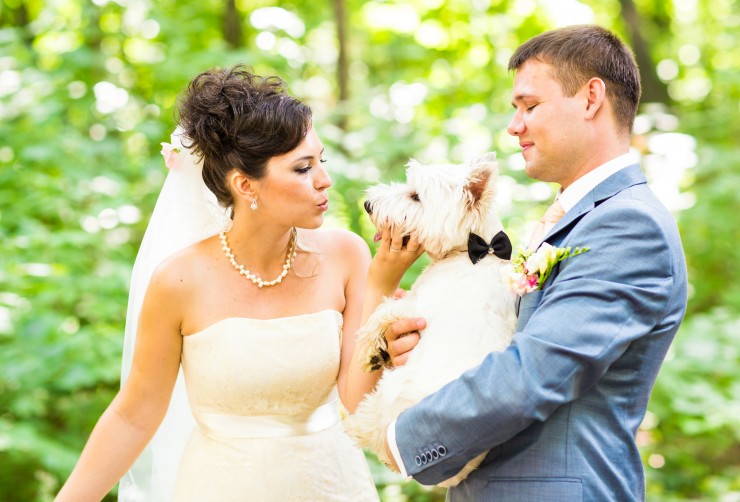 Ten 10 Ideas For Involving Your Dog In Your Wedding, Civil Ceremony Or Vow Renewals
Ten 10 Ideas For
Ten 10 Ideas For Involving Your Dog In Your Wedding, Civil Ceremony Or Vow Renewals
Ten 10 Ideas For
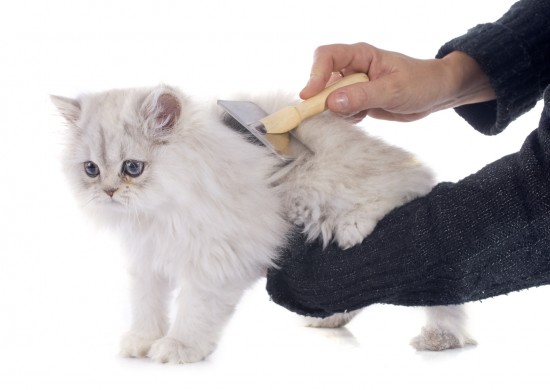 How To Groom A Long-haired Persian Cat
How To Groom A Lo
How To Groom A Long-haired Persian Cat
How To Groom A Lo
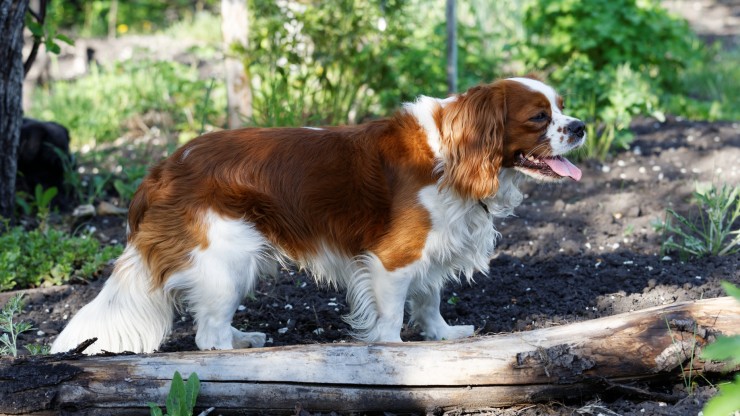 King Charles Spaniels And Eye Disorders
King Charles Span
King Charles Spaniels And Eye Disorders
King Charles Span
Copyright © 2005-2016 Pet Information All Rights Reserved
Contact us: www162date@outlook.com